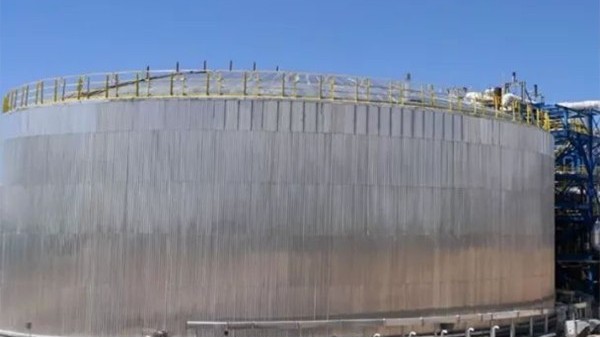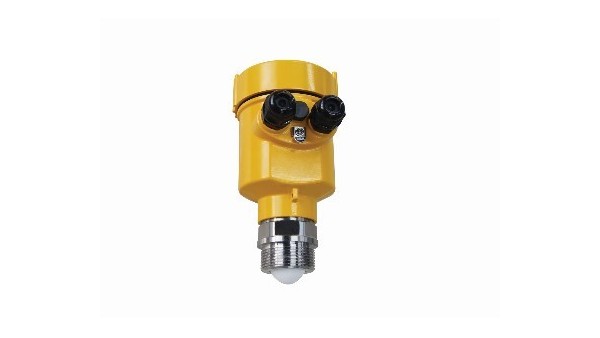Radar level meter is a kind of liquid level measurement instrument widely used in industry, In the photovoltaic power plant, the molten salt storage tank is an important equipment to store the heated liquid salt.
Radar level meter has many advantages and features in the level measurement of molten salt storage tanks in photovoltaic power plants.

First of all, the molten salt storage tanks of photovoltaic power plants are usually located in high-temperature and high-pressure environments, and the radar level meter can work normally under extreme temperature and pressure conditions.
Its wide measurement range can be adapted to molten salt storage tanks of different specifications and capacities, with high adaptability and flexibility.
Secondly, the radar level meter is not affected by the physical properties and state of the liquid, and can accurately measure the level of molten salt whether it is in liquid or solid state.
This ensures that the photovoltaic power plant can accurately monitor the level change of molten salt under different working conditions to ensure the stability and safety of the process.
Again, the radar level meter is characterized by non-contact measurement, which can avoid the abrasion and corrosion problems caused by the traditional contact liquid level meter due to long-term media contact.
This is especially important for special media such as molten salt, which can extend the service life of the equipment and reduce maintenance costs.

Below are two examples of actual measurement cases to illustrate the application of radar level meters in the level measurement of molten salt storage tanks of a photovoltaic power plant.
Case 1: Molten salt storage tank level measurement in a photovoltaic power plant The photovoltaic power plant uses molten salt as the heat medium, which is stored and transported through the storage tank.
As molten salt is characterized by high temperature and high viscosity, traditional liquid level meters cannot meet the requirements.
Therefore, the plant adopts a radar level meter for liquid level measurement.
The radar level meter sends a high-frequency pulse signal to the molten salt storage tank, and when the signal touches the surface of the molten salt, it will be reflected back. The level of the molten salt is obtained by calculating the round trip time of the signal.
Through the use of radar level meters, the power plant successfully solved the molten salt storage tank level measurement problems. Due to the non-contact measurement characteristics of the radar level meter, it does not need to be in direct contact with the molten salt, which can avoid the wear and corrosion of the equipment and improve the reliability and stability of the equipment.

Case 2: Molten Salt Tank Level Monitoring in a Photovoltaic Power Plant The molten salt tank in a photovoltaic power plant has large level fluctuations due to design defects. In order to keep abreast of the molten salt level changes, the plant introduced a radar level meter for level monitoring.
The radar level meter can monitor the liquid level of molten salt in real-time, and when abnormal fluctuations in the liquid level are found, the alarm can be given in time to ensure the stability and safety of the process.
At the same time, the radar level meter can also record the historical data of liquid level changes, which is convenient for later analysis and optimization of the process.
Through the application of a radar level meter in the molten salt storage tank of the photovoltaic power plant, the plant has successfully solved the problem of unstable liquid levels and improved the controllability and safety of the process.
The radar level meter has many advantages in the level measurement of molten salt storage tanks in photovoltaic power plants, including adaptation to extreme environments, non-contact measurement, and high accuracy.
Through the introduction of practical application cases, it can be seen that the importance and value of radar level meters in photovoltaic power plants, provide a reliable means of liquid level monitoring for industrial production.
